Yes, AI is in a bubble. And yes, it will pop.
Even Sam Altman admits it. The data center build-up is the only thing keeping the U.S. economy from stagnating right now, and that entire investment thesis depends on AI adoption meeting wildly optimistic projections.
When reality catches up—and it will, maybe in weeks, maybe in months—there's going to be fallout. The media will declare AI dead. Expect breathless headlines about how it was all hype, how the promised productivity gains never materialized, how we wasted billions on a fantasy.
Here's what won't change: the work AI can already do.
If I'd told you three years ago that by late 2025 you'd have systems capable of replacing half your creative department including copywriters, graphic designers, videographers, strategic planners, and market researchers, you would've laughed me out of the room. But that's here. That's real.
And when the bubble pops, those capabilities don't vanish. The models don't forget how to write copy or generate video. Your workflows don't suddenly revert to 2022. The fundamentals remain.
So should you care about the bubble? Yes—but for practical reasons, not existential ones.
The biggest risk isn't that AI stops working. It's that your vendors stop existing. There are more AI startups today than there were dot-com companies at the peak of that bubble, and 90% of them will disappear. Focus on companies with staying power—OpenAI, Anthropic, the major Chinese labs, ElevenLabs. And think about contract terms. What happens to your data if a vendor shuts down? Can you export your fine-tuned models? If you're signing annual commitments right now, you're taking on unnecessary risk.
Stop training people on tools. Start training them on principles.
Right now you're probably teaching teams how to use Midjourney or navigate your Runway workflow. When half those tools disappear, that training becomes worthless. Shift to fundamentals: prompt engineering, output evaluation, AI-assisted workflows that translate across platforms.
Teach people how to think about AI augmentation, not which buttons to click. When your team's favorite tool shuts down, they should be able to pick up the next one in an afternoon because they understand the underlying logic, not just the interface.
ROI discipline is your insurance policy.
When the bubble pops and your CFO starts sweating about AI spend, the teams with rigorous measurement survive. If you can show "this AI workflow reduced our production costs by 40% with measurable output quality," you're fine. If you just have vibes and aspirations, your budget gets cut. Start tracking now—costs saved, time reduced, output volume, quality metrics. Make it boring and defensible, not inspirational. The correction is coming, and "we're innovating" won't protect your headcount.
And prepare for the narrative shift.
When it happens, the media will scream that AI failed. Your employees will read those headlines. Some will get spooked. Some will use it as ammunition against initiatives they never liked anyway. You need a clear, prepared message ready to go: "The hype cycle is correcting, but the capabilities we're using are real and stable." Don't let external noise derail internal momentum on legitimate adoption.
The bubble popping doesn't mean the technology stopped working—it just means the market is flushing out the excess froth. Your job is to make sure your organization understands the difference.
— Torsten & Peter
Today’s sponsor
Want to get the most out of ChatGPT?
ChatGPT is a superpower if you know how to use it correctly.
Discover how HubSpot's guide to AI can elevate both your productivity and creativity to get more things done.
Learn to automate tasks, enhance decision-making, and foster innovation with the power of AI.
Free Workshop Replay: How to Use AI for Market Research
You need competitive intelligence, customer insights, and tactical execution data. But traditional research is too slow and expensive. So you're making decisions based on incomplete information or surface-level Google searches.
This workshop demonstrates the DIG Method—the exact system Torsten's team at Appen uses daily to turn AI into their market research department. Discovery for landscape analysis, Investigation for deep psychological insights, Groundwork for tactical execution. Research that normally takes two days, done in 17 minutes.
Live demo included. Real case study (launching a sustainable fashion brand for Gen Z). Exact prompts for Gemini, ChatGPT, and Claude. Complete synthesis showing how to connect isolated insights into strategic intelligence.
Recorded November 2025. This is a replay from our Pro members-only series—Pro members get weekly live sessions with Q&A and implementation support.
» Watch now: Expert ways to do market research with AI
» Get full access with Pro: https://aireadycmo.com/upgrade







